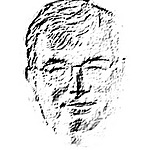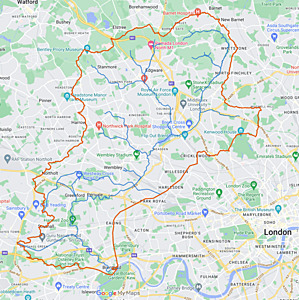You need to be registered to request to join groups.
Sign UpBrent Catchment Water Quality Working Group
Leaderboard

3660 Points

720 Points

440 Points

330 Points

60 Points
About
The Brent Catchment Water Quality Working Group (WQWG) is a subset of the Brent Catchment Partnership, which is made up of stakeholders from the EA, Thames Water, local authorities, community groups and environmental NGOs like Thames21 and ZSL who are working together to improve the waterways in the River Brent Catchment. The Brent Catchment spans from Barnet and Stanmore to the confluence of the River Brent with the River Thames at Brentford.
Key members of the Brent Catchment Partnership and WQWG are the fantastic community groups who work to improve river and community health through activities like litter picks, habitat creation and management, river restoration, and ecological and water quality monitoring in specific areas on the main River Brent, the Welsh Harp Reservoir and the tributaries to the main river (the Wealdstone Brook, Silk Stream, Edgware Brook, Deans Brook, Dollis Brook and Folly Brook).
For more information about the catchment and the catchment partnership, please follow the below links:
https://storymaps.arcgis.com/collections/cfa9308cd6ad409faeb7297936140bbe
https://environment.data.gov.uk/catchment-planning/OperationalCatchment/3044
Water testing protocol
Sewage pollution, road runoff and agricultural pollution are the main factors negatively impacting the water quality in the catchment. Two 'WaterBlitzes' were carried out from 2022-2023 to provide a snapshot of the impact of sewage pollution on the catchment's water quality around the catchment. More information and the results can be found here: https://storymaps.arcgis.com/collections/7f99c7078eaf46a0866a4e2a57bb82a6.
As a result of these WaterBlitzes, we could see where the sewage pollution hotspots and sites with good water quality were located. This has allowed us to set up monitoring sites at some of these locations to gather more regular water quality data in order to investigate the magnitude and source of the pollution and to gather baseline data.
Dissolved phosphate and ammonia are indicators of sewage pollution, so the dedicated citizen scientists of the Brent's WQWG are monitoring these sites using:
Hanna checkers for phosphates (low-range) from 0.0 to 2.5 mg/L
Hanna checkers for ammonia (low-range) from 0 to 3 mg/L and ammonia (medium range) from 0.00 to 9.99 mg/L
Some of these monitoring sites are also being monitored by citizen scientists using the urban riverfly monitoring initiative (RMI) methodology and devices that measure physical parameters like temperature, pH and turbidity.

